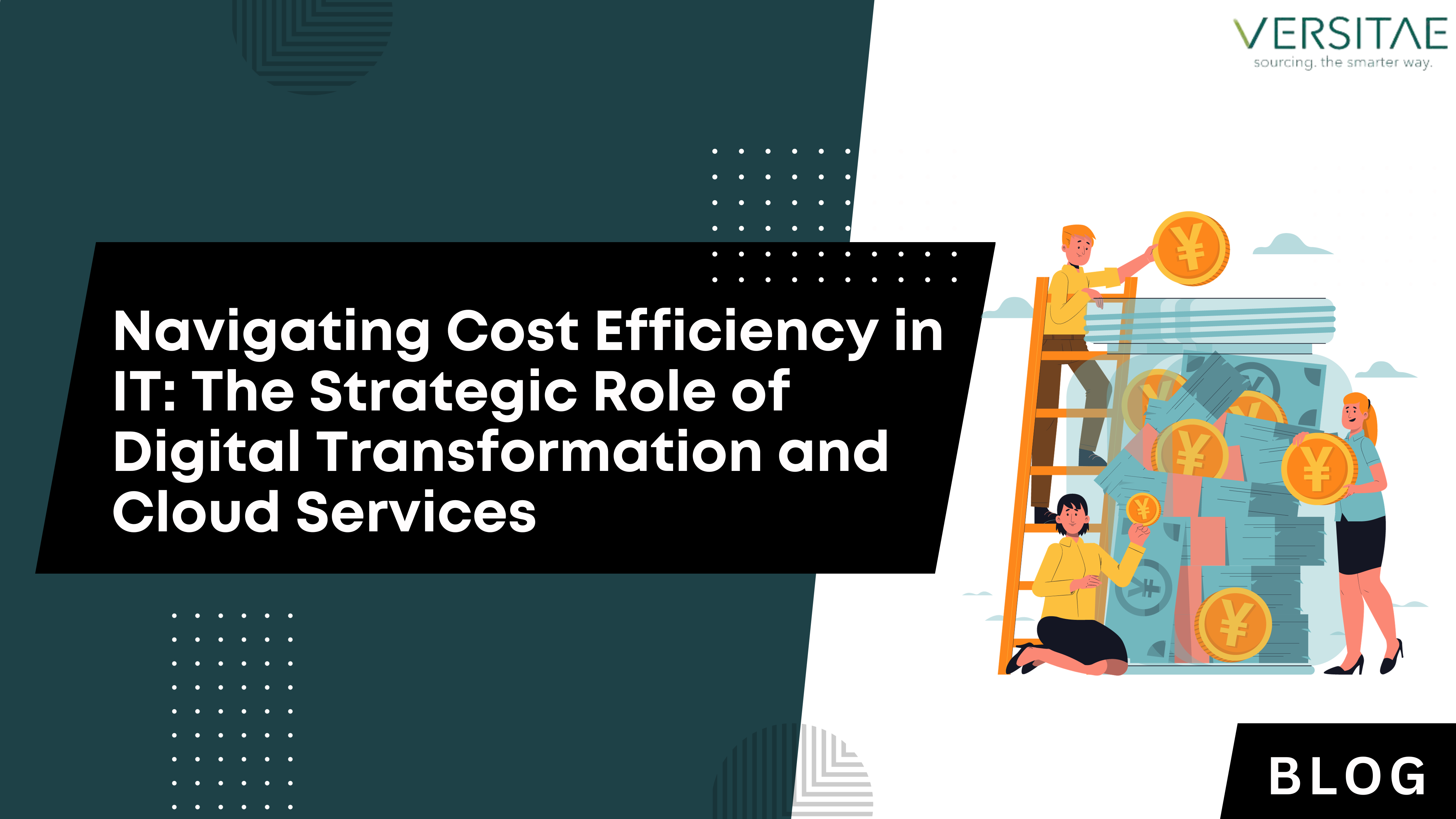In the fast-evolving landscape of technology, Chief Information Officers (CIOs) are not merely stewards of IT infrastructure but strategic leaders driving digital transformation and innovation. Understanding the pivotal role of cloud providers in delivering cost-efficient services has become imperative for organizations aiming to stay competitive and agile.
Embracing Digital Transformation
Digital transformation is more than just a buzzword; it’s a strategic imperative for organizations looking to thrive in the digital age. CIOs recognize that embracing innovation is not an option but a necessity to stay relevant. This paradigm shift involves leveraging technology to streamline processes, enhance customer experiences, and drive overall business growth.
One key enabler of digital transformation is the adoption of cloud services. Cloud providers offer scalable, flexible, and cost-effective solutions that empower businesses to adapt to changing market demands swiftly.
The Cost-Efficiency Paradigm
Traditionally, maintaining on-premises infrastructure demanded significant capital investment and ongoing operational costs. The associated skills required for managing these systems added another layer of complexity and expense. Here, the strategic role of cloud services becomes evident.
Cloud providers offer a pay-as-you-go model, allowing organizations to scale resources up or down based on demand. This flexibility eliminates the need for large upfront investments in hardware and provides a more predictable cost structure. CIOs appreciate the agility and cost-efficiency that cloud services bring to the table, allowing them to allocate resources more strategically.
Data Center Exits and Cloud Migration
According to a recent CIO Pulse Survey 2023 of IT leaders, a striking 40% emphasized the critical importance of continued migration to the cloud and data center exits in the next 12 months. This highlights a collective recognition among IT decision-makers that reducing IT costs hinges on embracing cloud solutions and gradually moving away from traditional on-premises data centers.
Data center exits not only align with cost-efficiency goals but also reflect a broader industry trend toward leveraging the scalability and performance benefits offered by cloud providers. By entrusting certain functions to the cloud, organizations can redirect resources to core business activities, enhance innovation, and maintain a competitive edge.
Shifting IT Cost Paradigms
The cost implications of cloud adoption extend beyond the obvious operational advantages. With the cloud, organizations can benefit from regular updates and improvements to infrastructure without the burden of managing these upgrades internally. This dynamic shift in cost paradigms allows CIOs to focus on innovation and strategic initiatives rather than being bogged down by the intricacies of infrastructure maintenance.
Furthermore, the cloud facilitates a shift from a capital expenditure (CapEx) model to an operational expenditure (OpEx) model. This transition aligns IT costs with business outcomes, providing a more transparent view of how resources are allocated and enabling better budget management.
Leveraging Cloud for Innovation
Beyond cost considerations, CIOs recognize the intrinsic link between cloud services and innovation. Cloud providers offer a rich ecosystem of tools and services that empower organizations to experiment, iterate, and bring new ideas to the market faster.
The ability to access cutting-edge technologies, such as artificial intelligence, machine learning, and data analytics, via the cloud, enables businesses to stay at the forefront of innovation. CIOs understand that innovation is not only a driver of growth but also a means to differentiate their organizations in a competitive landscape.
Looking Ahead
As we navigate the ever-changing terrain of technology, it is evident that CIOs are steering their organizations toward a future where digital transformation and cloud services are not just advantageous but imperative. The strategic importance of these initiatives lies not only in cost reduction but in fostering a culture of innovation, adaptability, and sustained business growth.
In the coming months and years, we can anticipate a continued shift toward cloud-centric strategies, with organizations leveraging the expertise of cloud providers to enhance efficiency, reduce costs, and unlock new possibilities. For CIOs, the journey involves not just embracing technology but harnessing it strategically to propel their organizations into a future where innovation and cost-efficiency go hand in hand. Learn how we can help your organization navigate the digital skies with wisdom and foresight, ensuring a seamless journey toward innovation and success.
